More wildlife rescues as animals shelter in homes and hospitals
Shivering possums rescued in QLD after vet Dr Bree Talbot also created a makeshift ER in Byron for marine turtles, an eastern grey kangaroo and flying foxes during Alfred SEE THE VIDEO
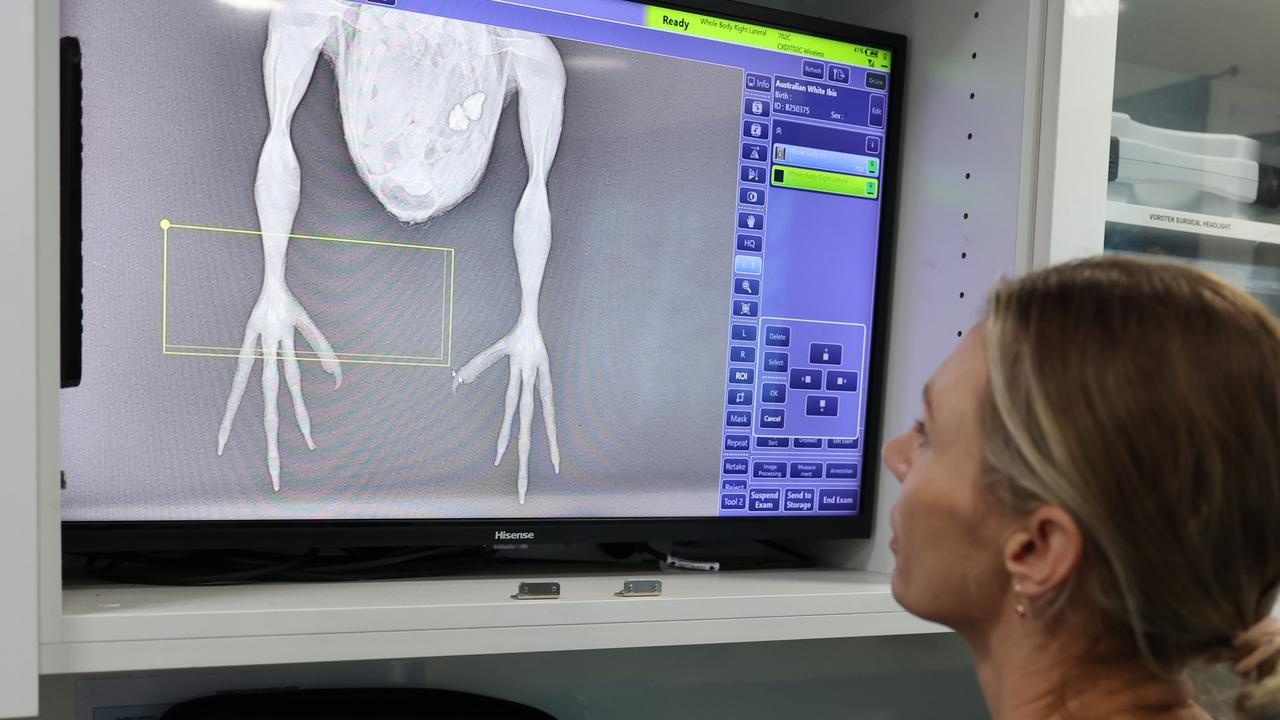
READING LEVEL: GREEN
UPDATE
Soaked, shivering and a little worse for wear, a mother possum and two of her tiny babies sought shelter at the base of a Murwillumbah home as torrential rain and flooding hit Queensland’s Tweed region on Sunday night.
Resident Kerryn Law said the furry family was cooped up in a corner downstairs against the brickwork and the mother appeared “not very well”.
“Have fed the babies chopped up apple,” Ms Law wrote on Facebook.
Ms Law said she eventually brought the possums inside and wrapped them up in a warm towel. Wildlife carers were due to collect them on Monday morning.
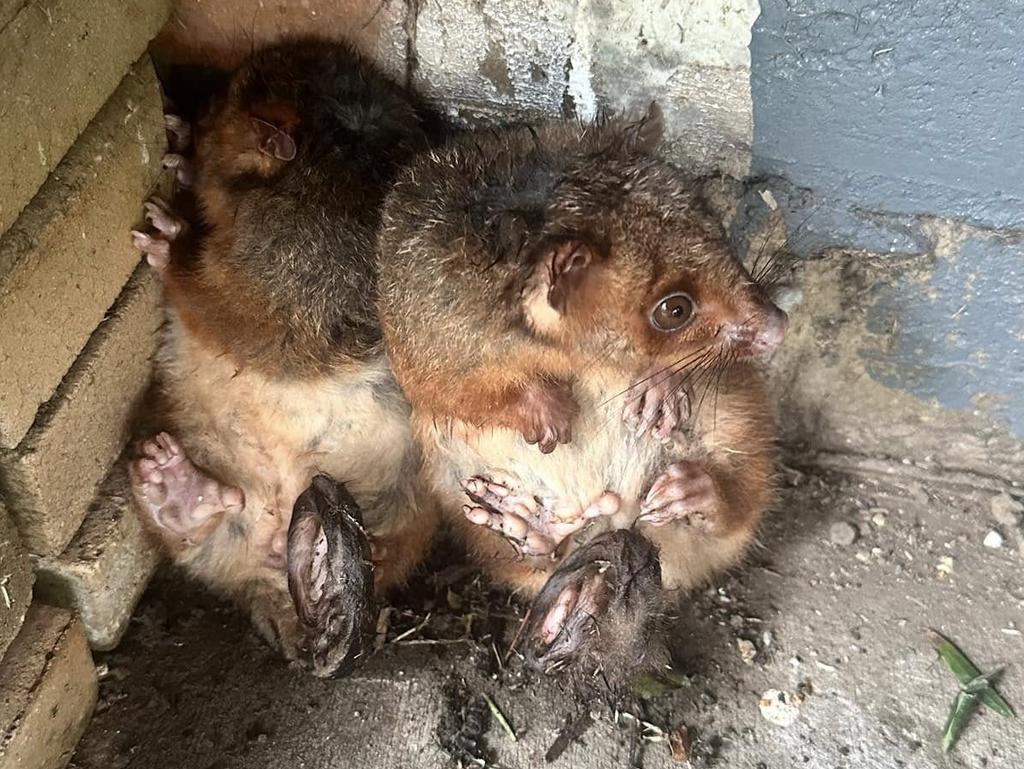
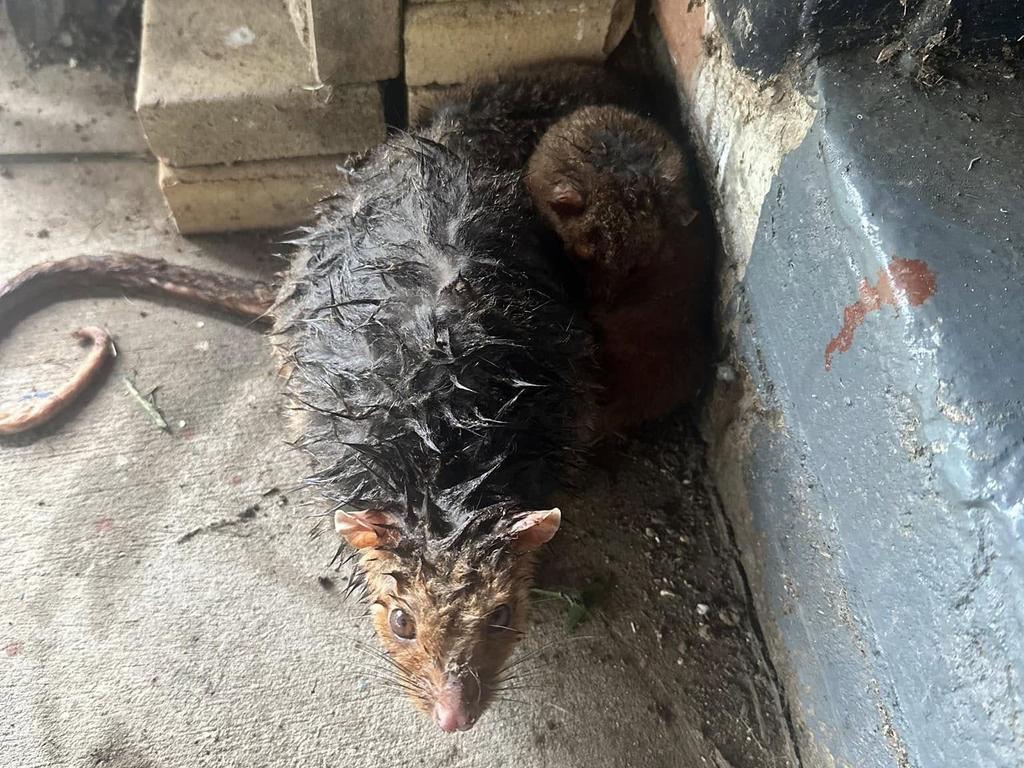
BYRON BAY VET SAVES ANIMALS IN ALFRED ZONE
Bree Talbot filled her bathtub before ex-cyclone Alfred — not with bubbles but with water and three baby turtles.
Then she grabbed torches – not for reading or board games, but for surgery on flying foxes*. Towels weren’t for drying hands, either; they were used to warm shivering kangaroos.
While the rest of southeast Queensland and northern NSW bunkered* down, the vet’s home became a makeshift* triage* room, with the laundry used to heal animals injured in the wild weather.
“I had no power, so I was using torches to do everything and I had turned my laundry into a makeshift triage room” Dr Talbot said.
“I had three marine turtles*, an eastern grey kangaroo*, three birds and flying foxes. I was trying to help as many as I could while staying safe … but I had quite a fair few, with no power … it was an interesting time,” she laughed.
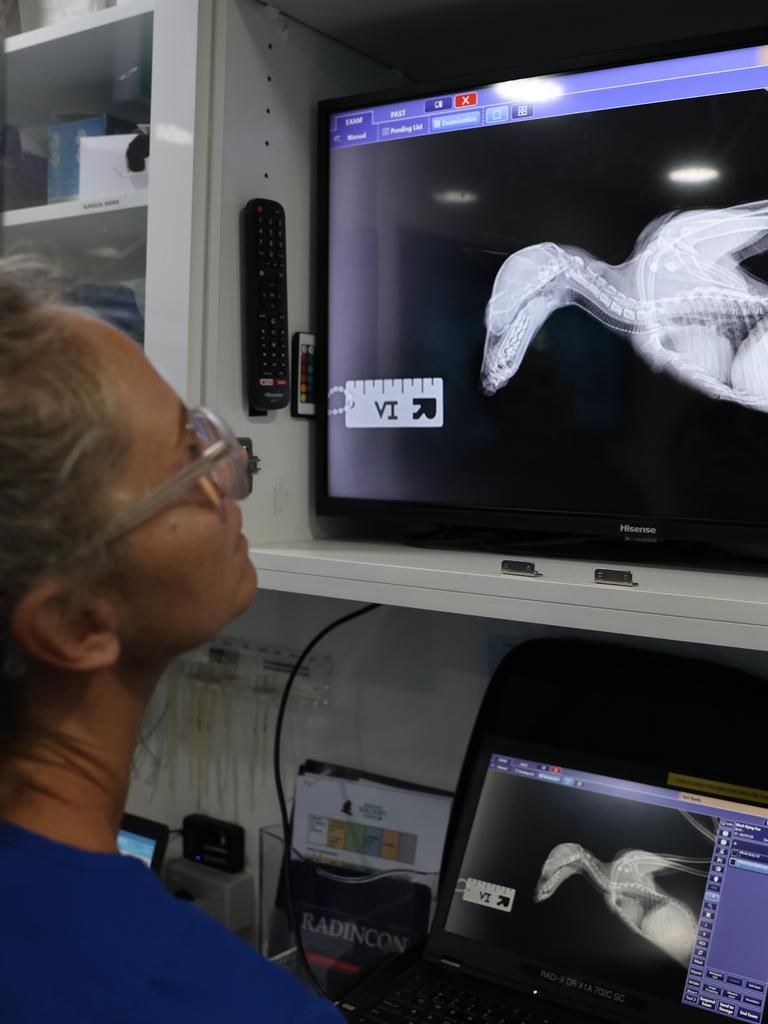
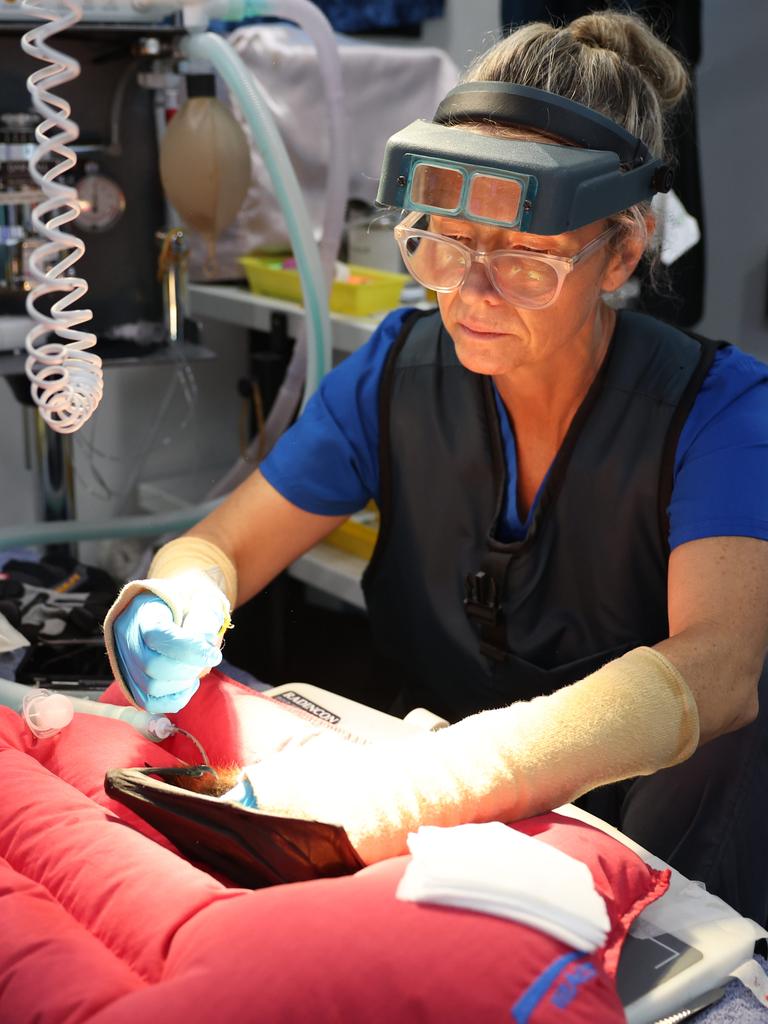
She and her colleagues are finally back inside a proper clinic, with the Byron Bay Wildlife Hospital reopening its doors on Sunday evening.
“We closed the hospital just before the cyclone hit, so in that time it was really difficult for carers to access veterinary* care. I had a lot of animals coming to my house to try and get some triage,” she said.
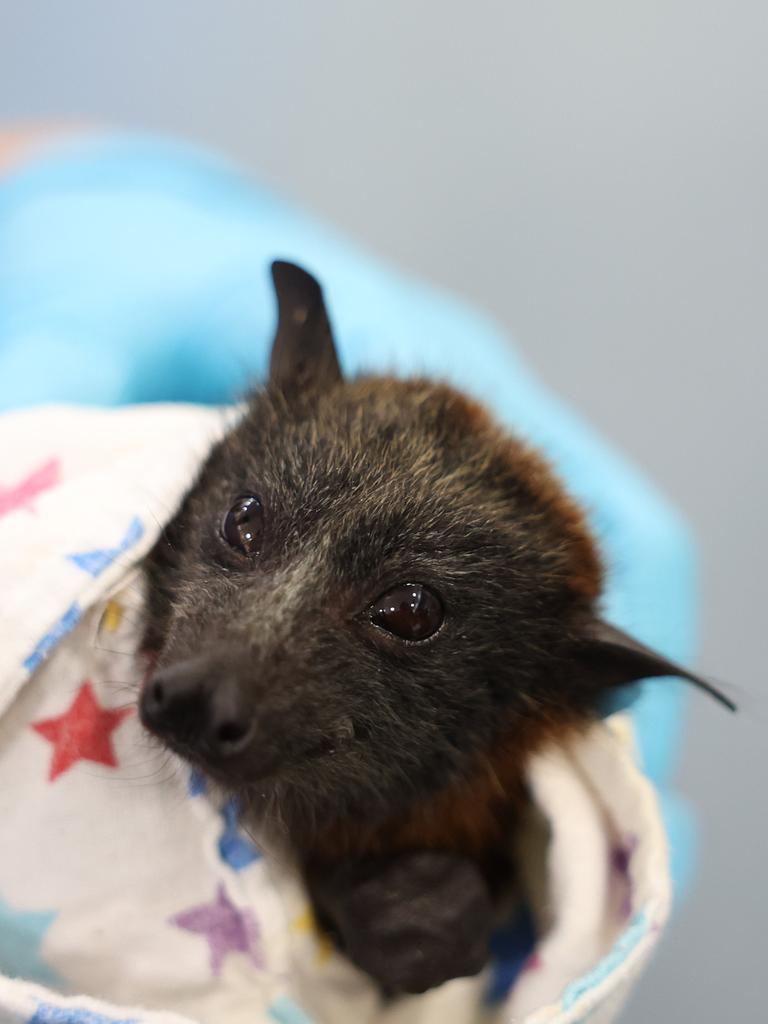
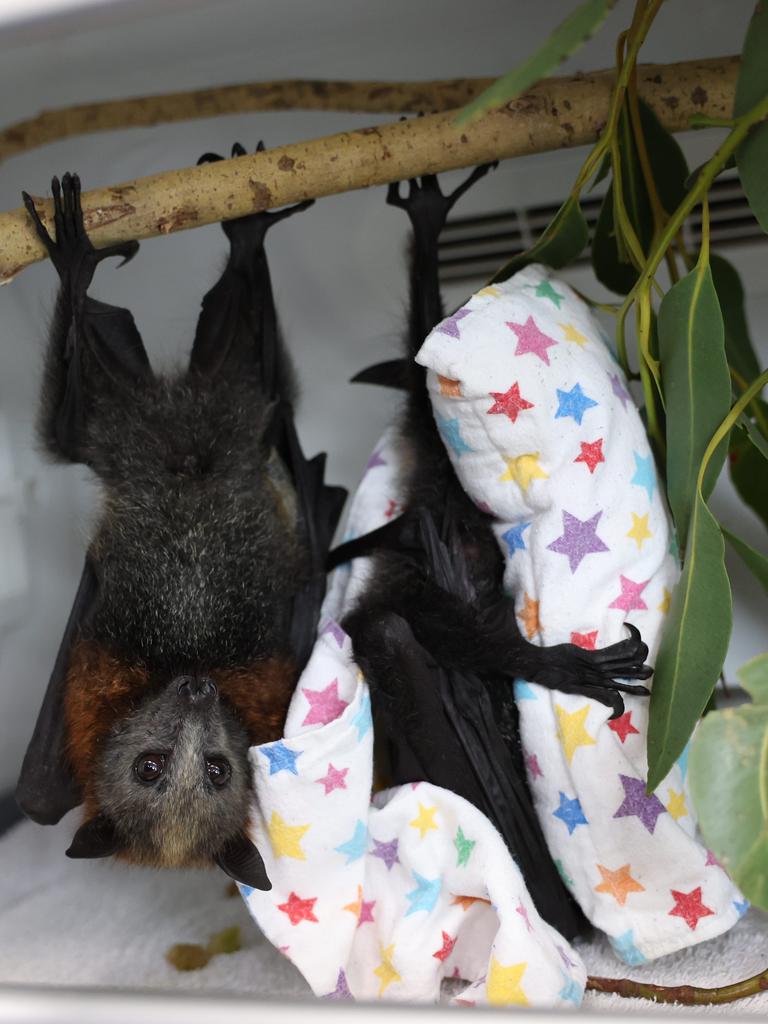
In the coming weeks, Dr Talbot and her team are expected to deal with a growing influx* of injured animals, emerging from the aftermath* of ex-cyclone Alfred.
On Monday, they worked on a flying fox, tangled in barbed wire during wild weather, an eastern kangaroo, swept hundreds of kilometres down to Byron Bay in raging waters, and a baby ibis thrown out of its nest during the wind.
“We have had about seven or eight animals come in this morning but I do know we have a lot more waiting to come in,” she said.
“As the flood waters recede*, we are going to see a lot more wildlife coming in. With floods, it’s the days, weeks, months later that we see animals coming out displaced*, hungry, injured – it’s only the beginning now.”
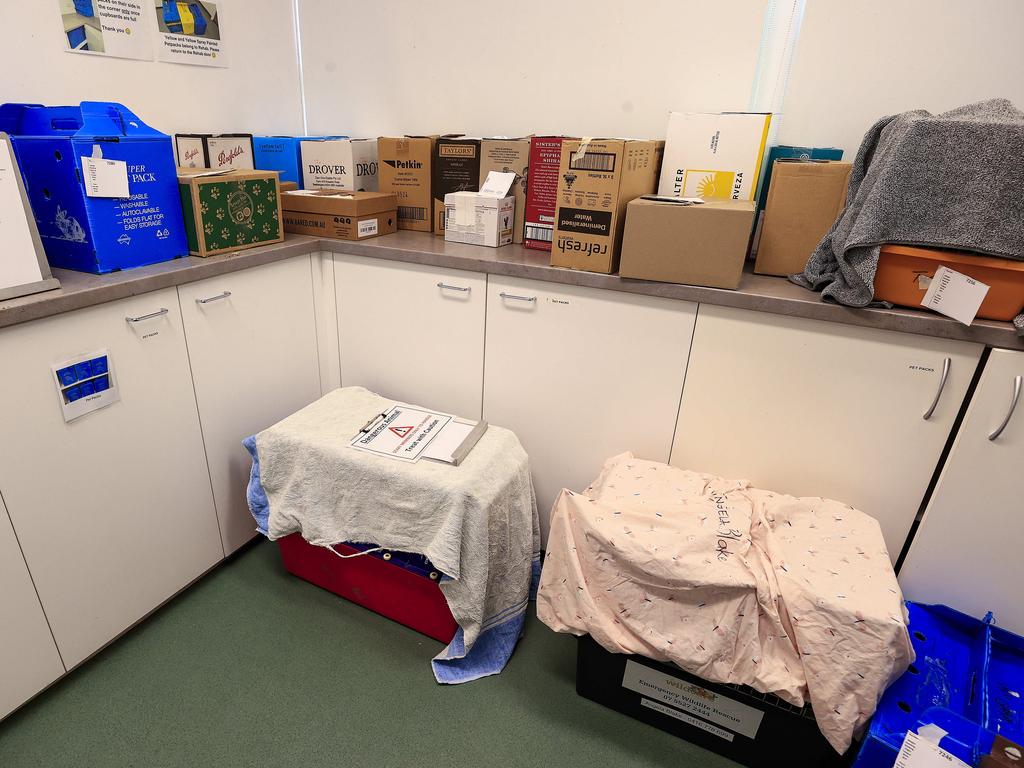
WATCH THE VIDEO
POLL
GLOSSARY
flying foxes: large fruit bats with a foxlike face, these nomadic mammals travel across large areas of Australia, feeding on native blossoms and fruits, spreading seeds and pollinating native plants
bunkered: sheltered, protected from something, from the military installations “bunkers” used to protect armed forces from attack
makeshift: temporary and of low quality, but used because of a sudden need
triage: process of sorting patients in order of priority and treatment
marine turtles: often called “the ancient mariners of the sea”, marine turtles in Australia have lived in the oceans for over 100 million years, according to the Department of Climate Change, Energy, the Environment and Water (DCCEEW)
eastern grey kangaroo: a large grass-eating marsupial, they have a pouch and give birth to underdeveloped young
veterinary: related to the work of a doctor qualified to treat sick and injured animals instead of people
influx: the arrival of a large number of people, animals or things at the same time
aftermath: period immediately following an unpleasant event or accident
recede: to go back, withdraw, move away, become distant
displaced: forced to leave home
EXTRA READING
Giant extinct kangaroos identified
Winter diving with turtles of Oz
Injured flying fox spreads her wings again
QUICK QUIZ
What did Dr Talbot put in her bathtub before Cyclone Alfred arrived?
Why did Dr Talbot need torches?
What were her towels used for?
What had happened to the flying fox in the wild weather?
During and after the major weather event, Dr Talbot turned her home laundry into what kind of room?
LISTEN TO THIS STORY
CLASSROOM ACTIVITIES
1. Animal bunker
Design and sketch an animal bunker that wildlife organisations can distribute in certain affected areas before a major weather event such as a flood, cyclone, storm etc.
Label your design to include what features your bunker has, what animals it might cater for, how it would attract animals etc.
Could this be a sellable product that could be used in the future?
Time: allow 20 minutes to complete this activity
Curriculum Links: Science, English, Design and Technologies, Personal and Social, Critical and Creative Thinking
2. Extension
If it weren’t for vets like Dr Talbot, how would injured animals be looked after and by whom?
What sort of plans could be put in place for future major weather events to cater for our furry and animal friends?
Time: allow 10 minutes to complete this activity
Curriculum Links: English, Science, Personal and Social, Critical and Creative Thinking
VCOP ACTIVITY
I spy nouns
Nouns are places, names (of people and objects), and time (months or days of the week).
How many nouns can you find in the article?
Can you sort them into places, names and time?
Pick three nouns and add an adjective (describing word) to the nouns.

